How do we use AI tools to create narrative stories with pictures?Pictures with high character consistencyWoolen cloth?
Solution
- Generate a character image based on the character appearance description;
- Based on the generated character pictures and screen description prompts, generate pictures of different scenes.
AI Tools
Dream【Story Creation】
Possible application scenarios
Graphic Stories, children's picture books, comic stories
See the effect first
Here, with Sun Wukong as the protagonist and "Sun Wukong travels to the modern times to experience Olympic events" as the theme, the following narrative story scene pictures are generated:
Sun Wukong came to the Olympic track and field stadium to experience the running event.
Starting
Prompt: Sun Wukong stands in front of the starting line, wearing special sportswear and making warm-up movements for the start. Behind him is a modern track and stands filled with spectators, with colorful flags fluttering.
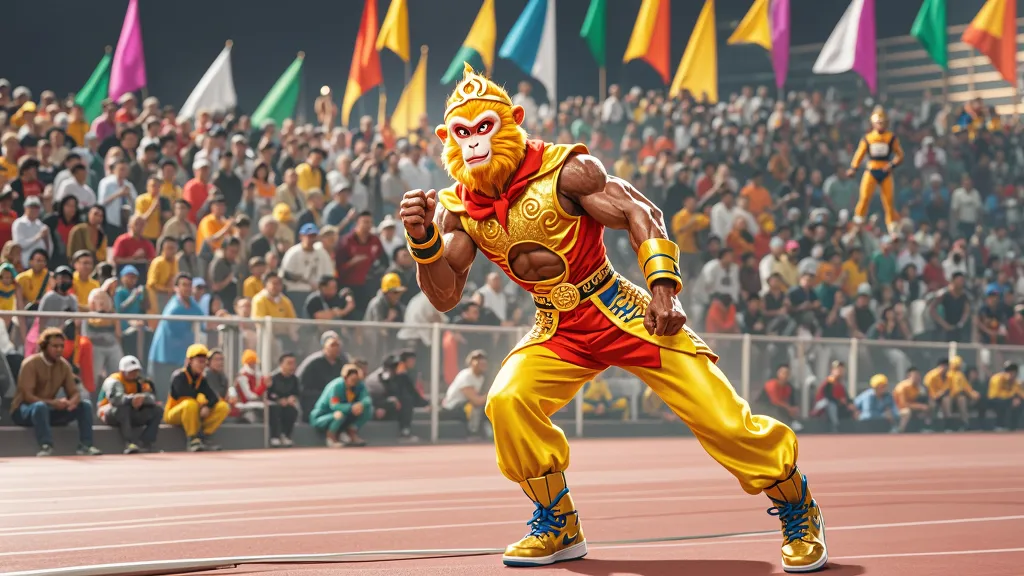
Running
Prompt words: Sun Wukong is wearing special sportswear and running. Close-up shot. Behind him is a modern track and stands filled with spectators, with colorful flags flying.

Sprint
Prompt words: Sun Wukong is wearing special sportswear and rushing towards the finish line. Close-up shot. Behind him is a modern track and stands filled with spectators, with colorful flags flying.
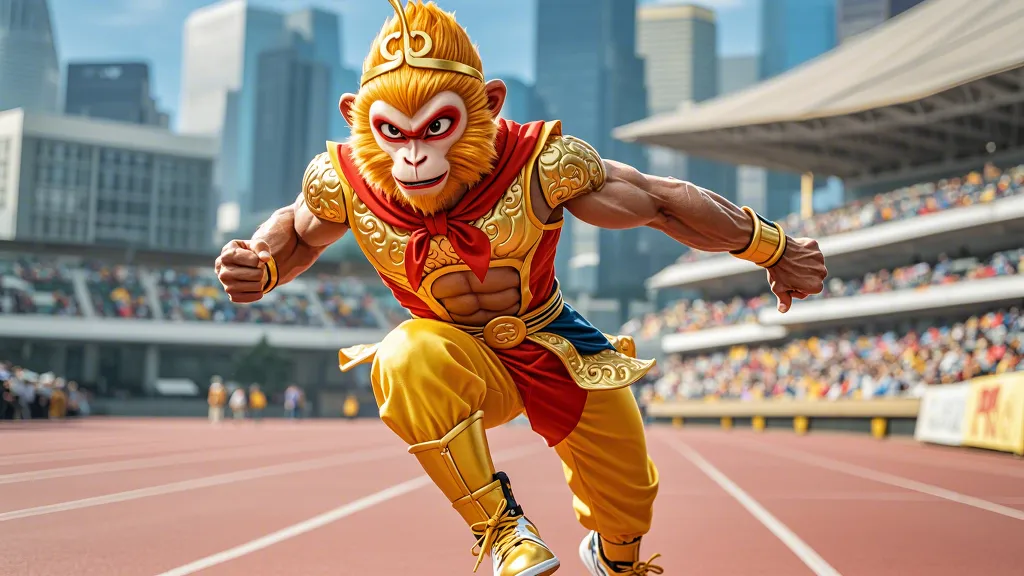
After experiencing the running project, go to the basketball hall to play basketball.
Dribbling confrontation
Prompt words: Sun Wukong is rushing left and right on the basketball court, while other players are trying their best to defend on the side. The basketball hall is brightly lit and filled with excited spectators.
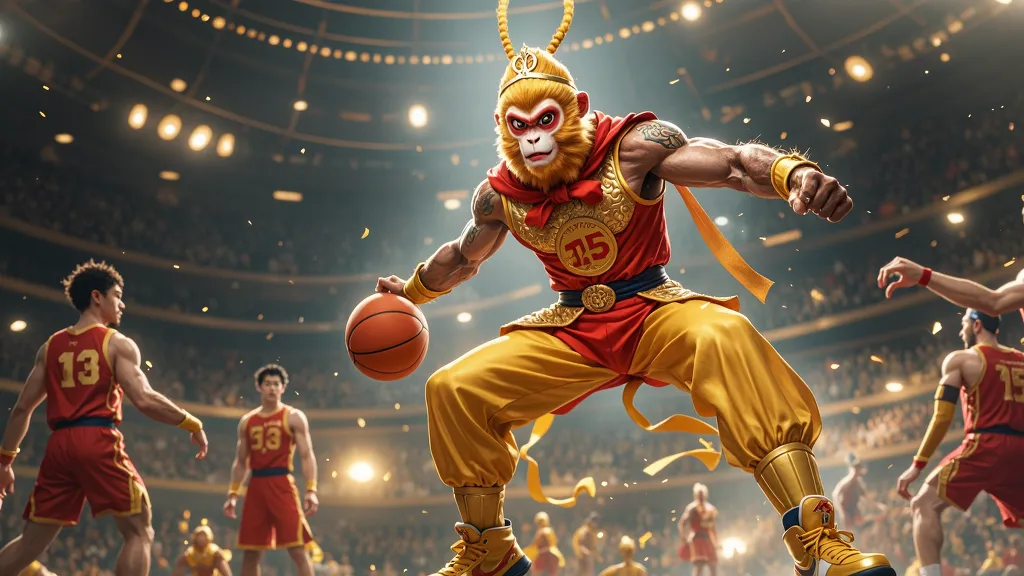
Preparing for a layup
Prompt: Sun Wukong is on the basketball court, preparing to break through for a layup. Close-up shot. The basketball hall is brightly lit and filled with excited spectators.
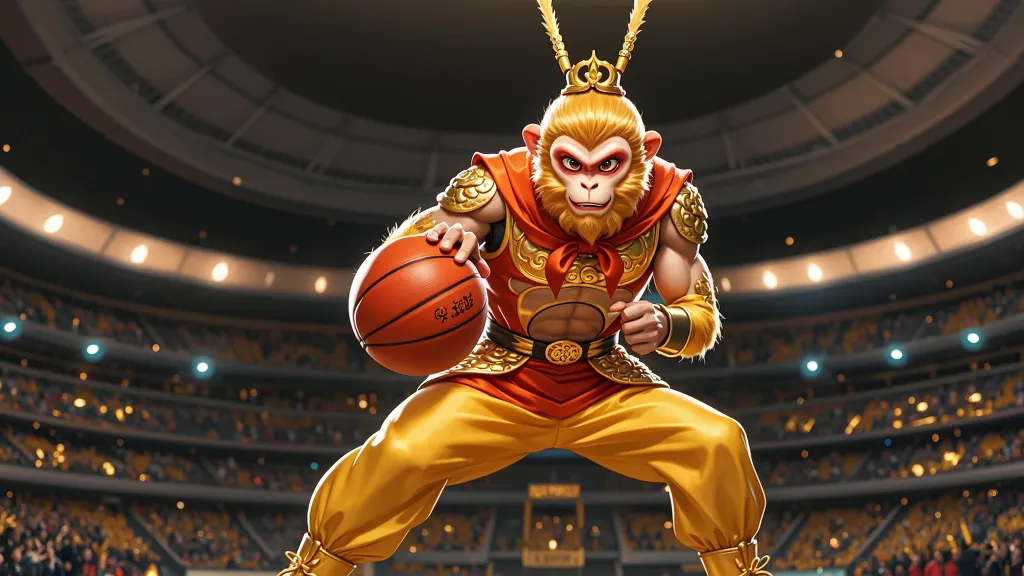
Dunk
Prompt words: Sun Wukong is on the basketball court, preparing to dunk, close-up shot, the basketball hall is brightly lit and filled with excited spectators.
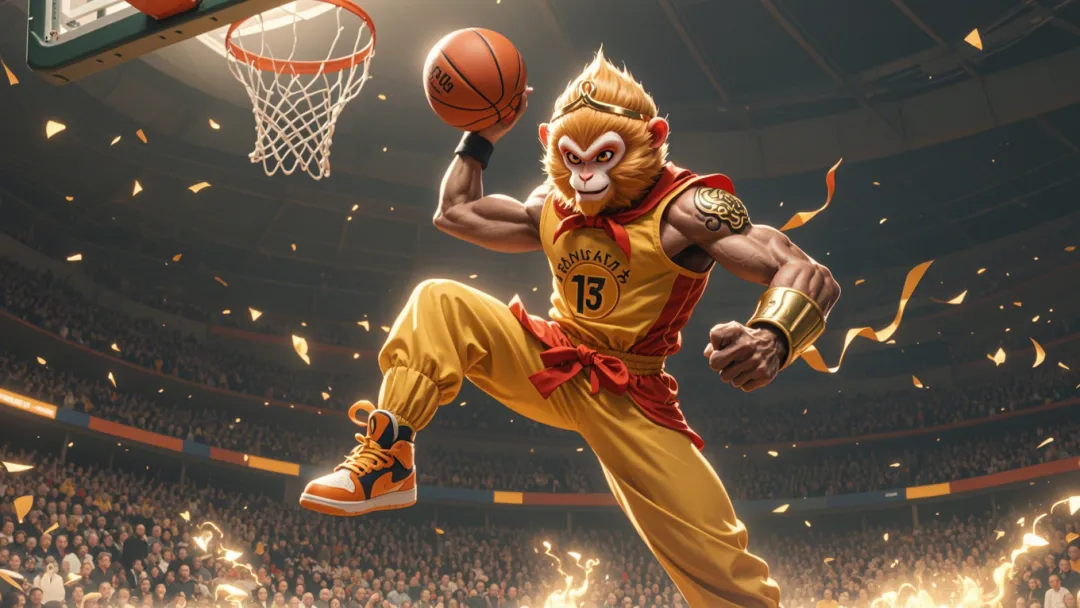
After playing basketball, we went to the boxing gym.
Ready to fight
Prompt words: Wukong is wearing boxing shorts and gloves, facing off against his opponent in the boxing ring, eager to give it a try. The lights are focused around the boxing ring and the audience is cheering.
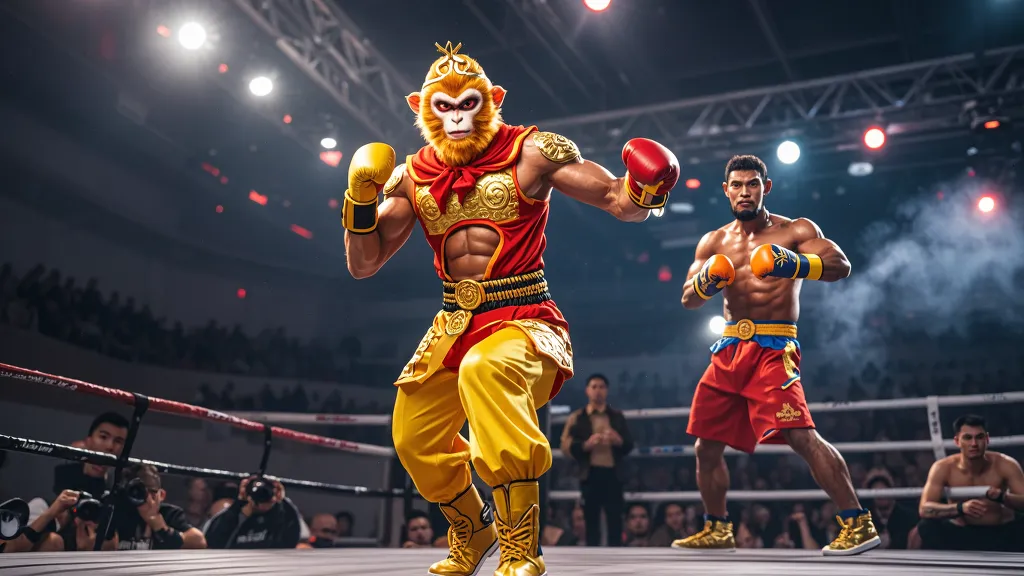
Intense fight
Prompt: There is Sun Wukong and another boxer in the boxing ring. Sun Wukong is wearing boxing gloves and punches the boxer on the other side. Close-up shot, lights are focused around the boxing ring, and the audience is cheering.
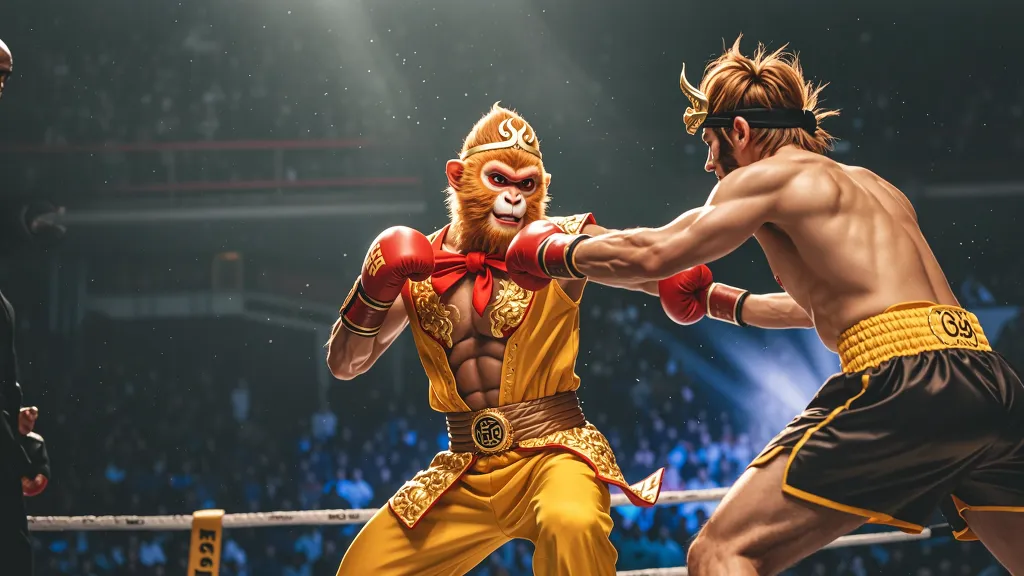
After boxing, head to the football field to play football.
Dribbling forward
Prompt words: Sun Wukong is running on the football field at lightning speed, chasing the ball, his tiger-skin skirt dancing in the wind. The vast football field is covered with green grass and the audience's cheers are heard one after another.
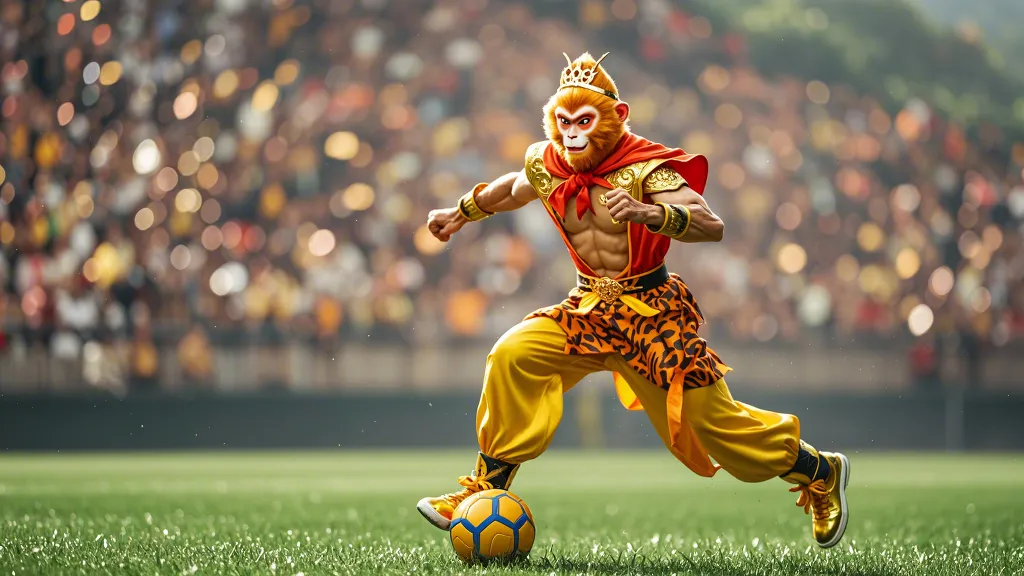
Shoot
Prompt: Sun Wukong is on the football field, taking a shot. The vast football field is covered with green grass and the audience’s cheers are heard one after another.
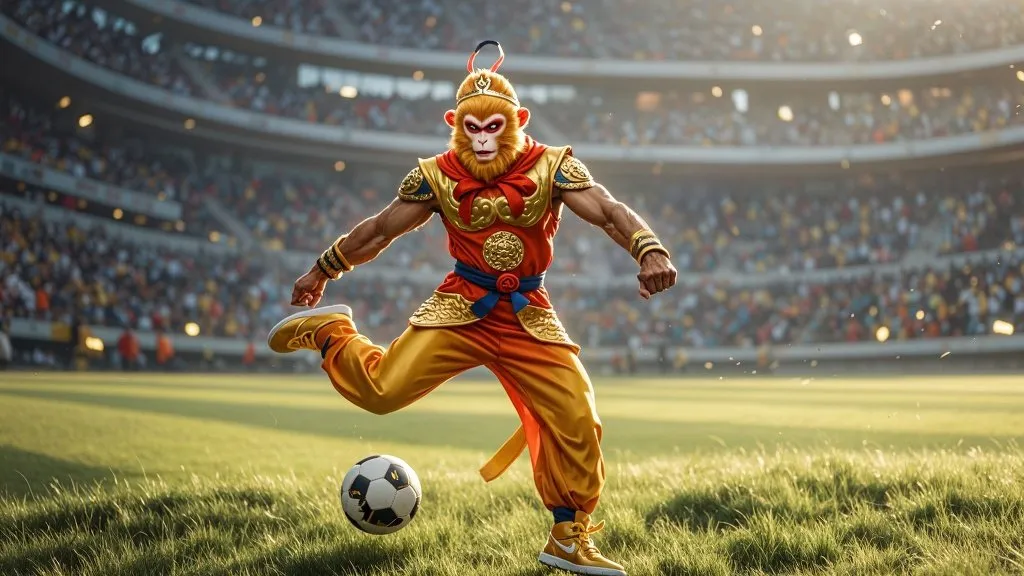
Next, let’s learn togetherHow to create a picture narrative story with high character consistencyBar.
How to use Dream to create a picture narrative story with high character consistency?
Go to the official website of Jimeng (jimeng.jianying.com) and click [Story Creation].

Enter the story creation page and click [Create blank storyboard].
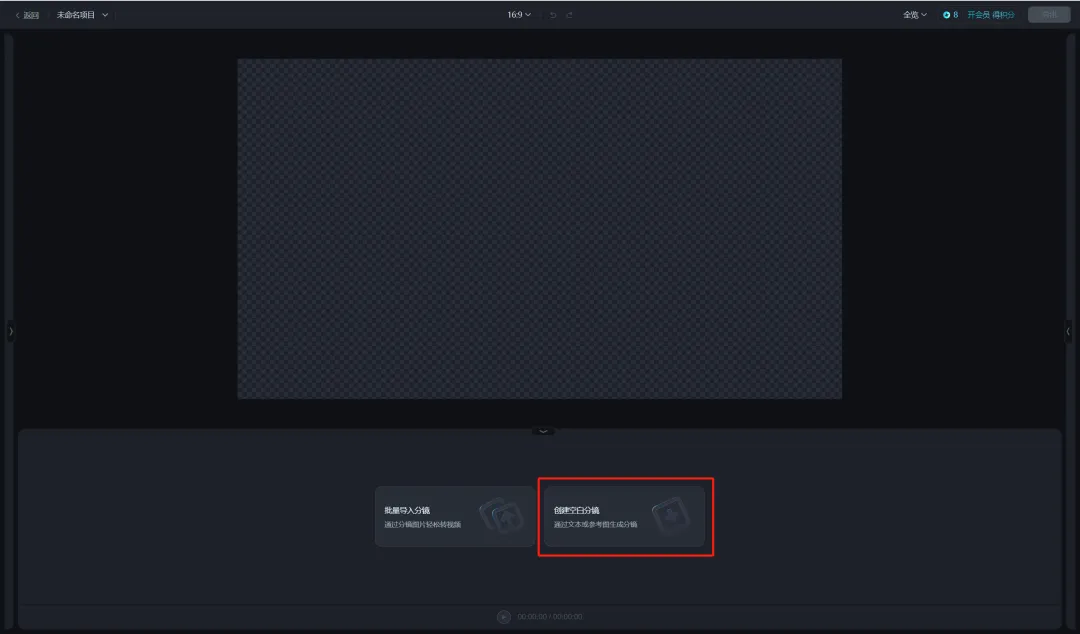
Enter the storyboard editing interface, enter the storyboard description, and click [Make Picture].
The storyboard description here is: Sun Wukong is standing in front of the starting line, wearing special sportswear and making preparations for starting. Behind him is a modern track and stands full of spectators, with colorful flags flying.
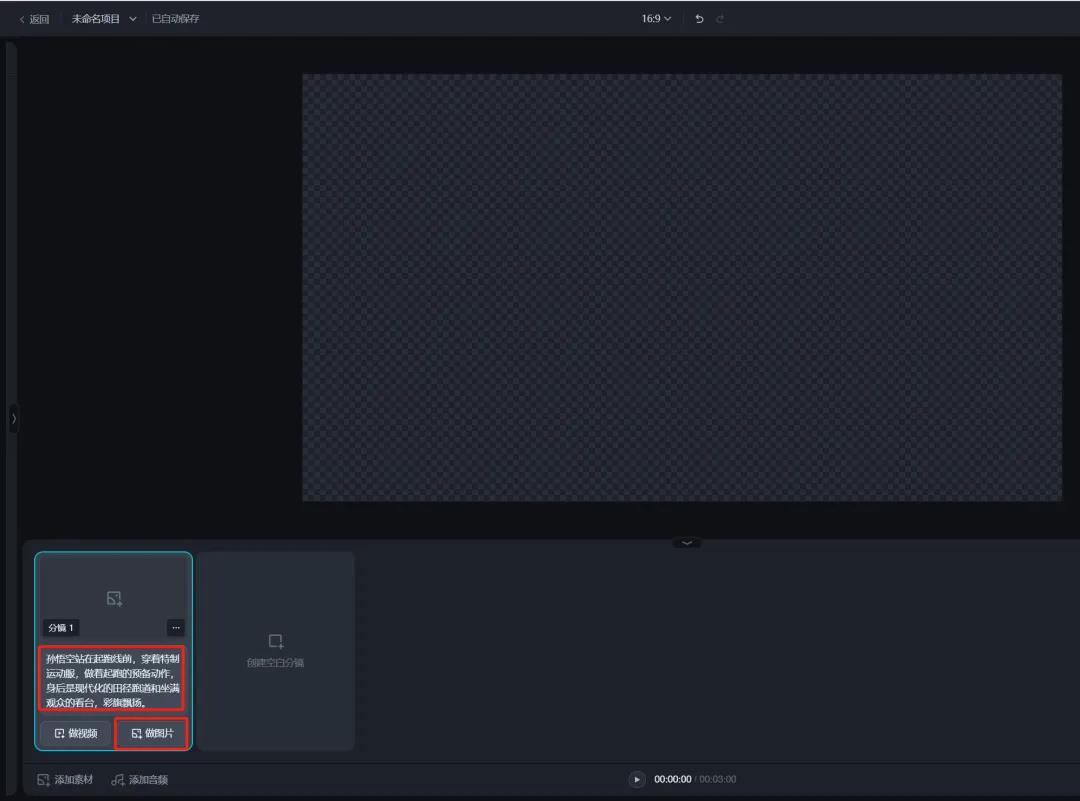
Switch to the picture generation interface and click [Click to set] for the role you want to play.
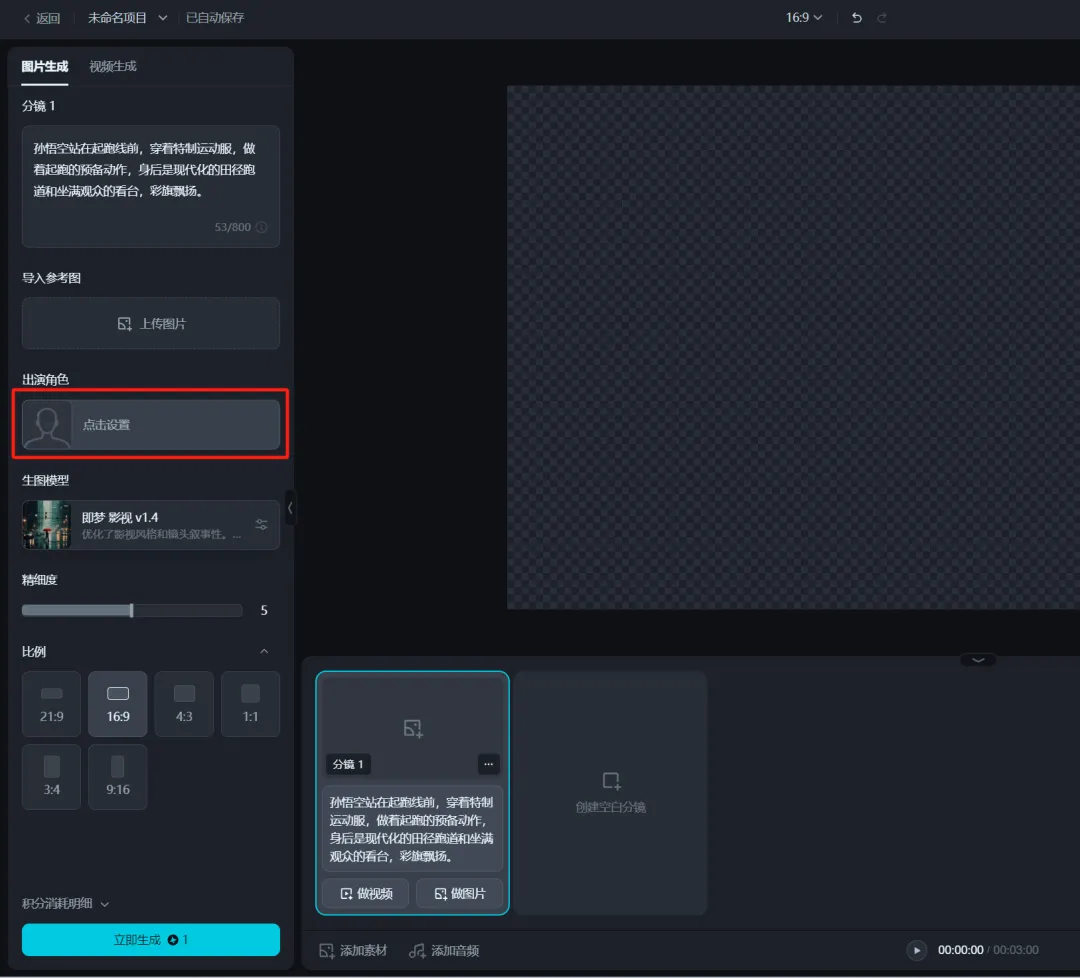
Enter the character name and description of the character's appearance, and click [Generate Now].
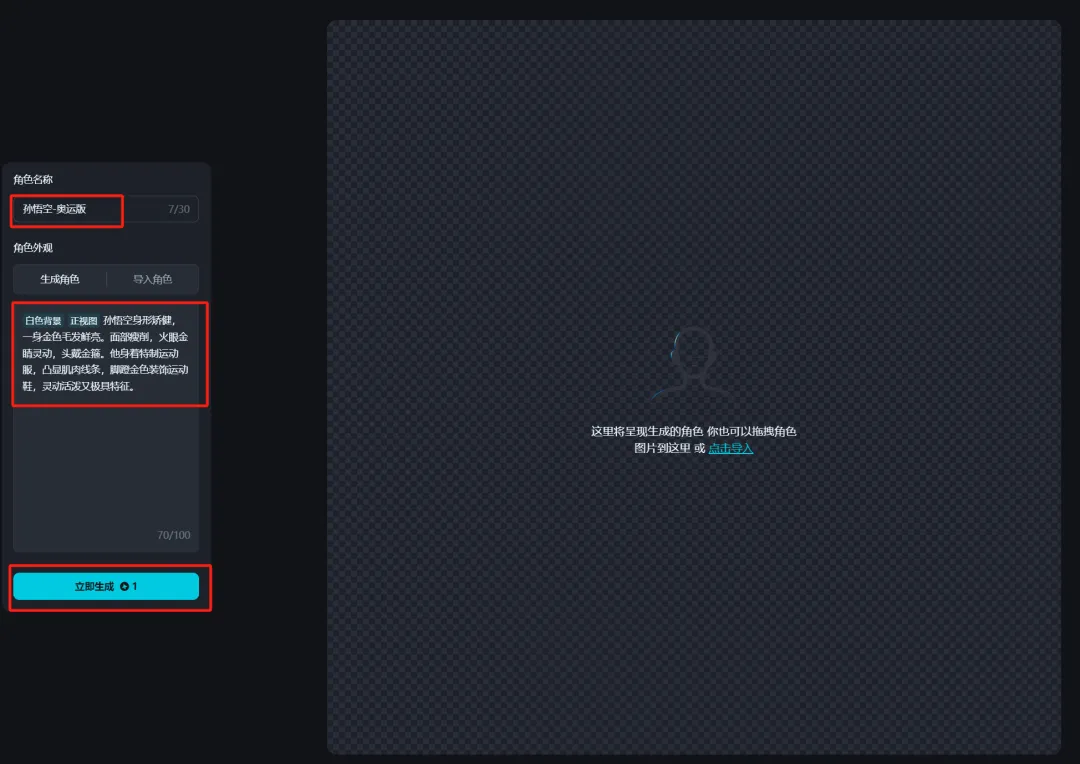
Generate 4 character pictures at a time. After selecting the picture you like, click [Save Character] in the upper right corner.
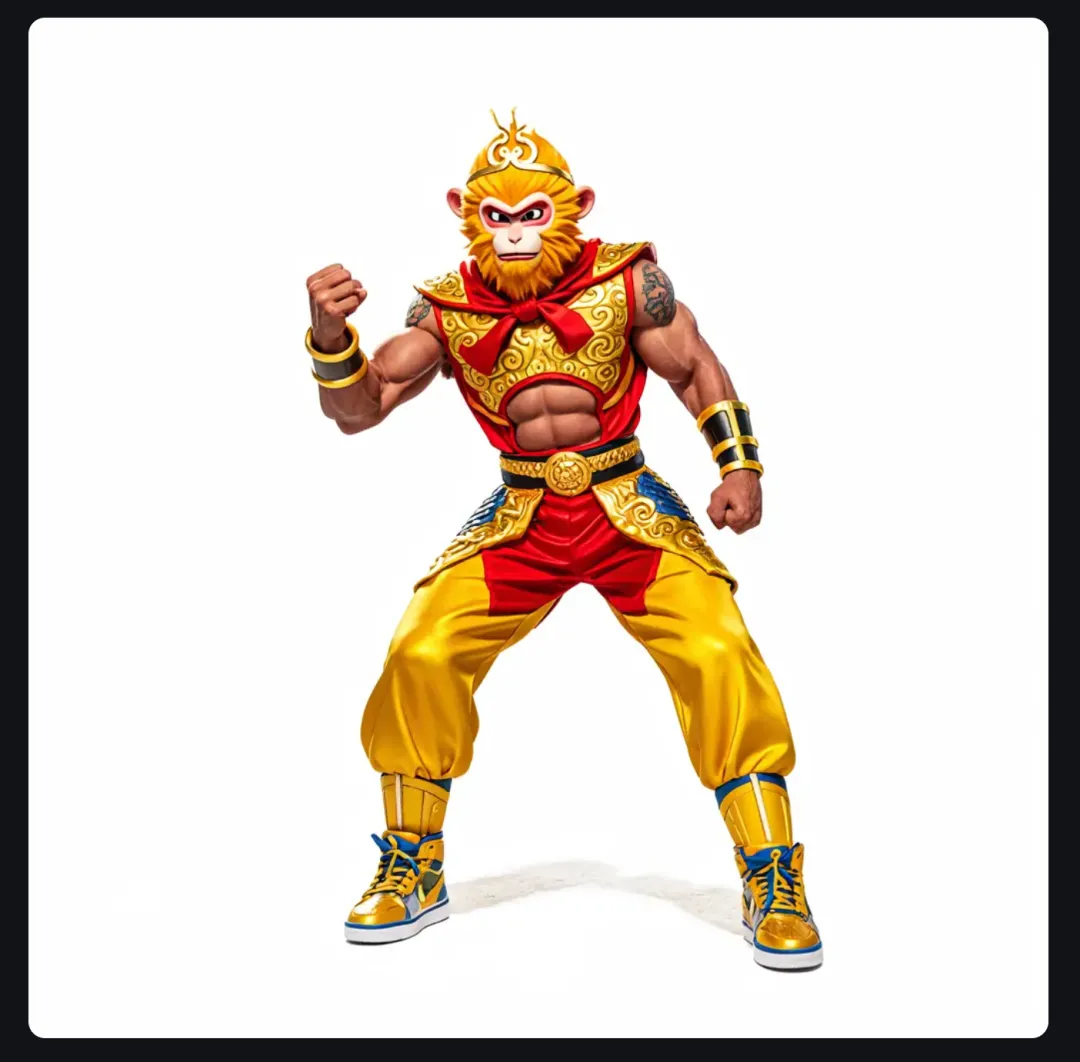

Then click [x] on the left to exit the role editing page.
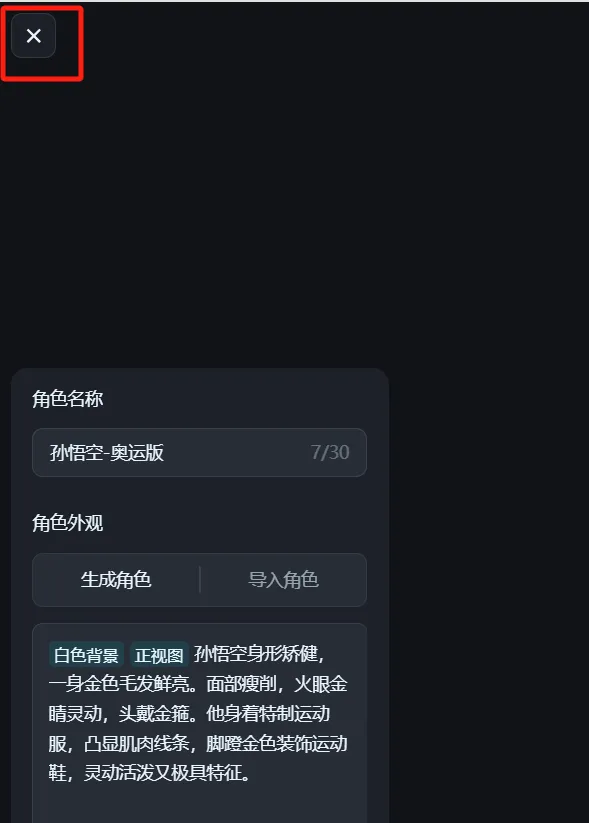
Return to the storyboard image generation interface, select the role you want to play, the storyboard description, set the character's facial reference strength and subject reference strength, and click [Generate Now].
PS: At the start stage, the similarity between the subject and the character is not too big, so the default face reference strength is 90 and the subject reference strength is 70. If the subject's posture is too different from the subject, you can reduce the subject reference strength to 50 or 30. This requires everyone to explore and continuously debug and optimize according to the generated effect.

Four pictures are generated at a time. Just choose the one you like as the storyboard picture.
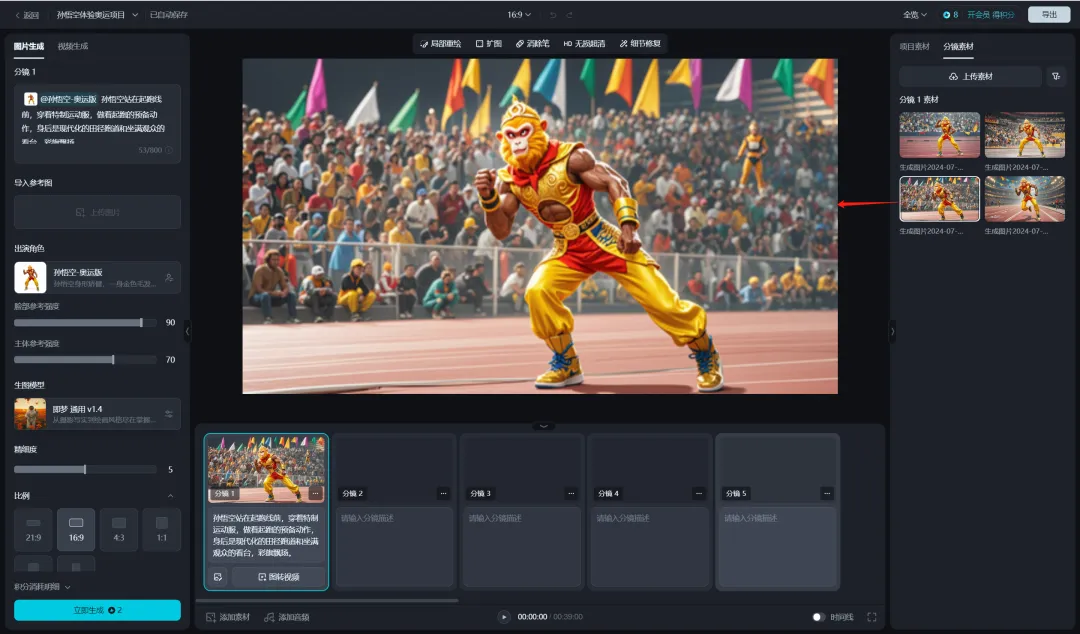
Similarly, continue to generate screen descriptions for other storyboards.
Since the action of preparing to break through and layup may be quite different from the character picture, Guotou sets the main body reference strength to 30 here.
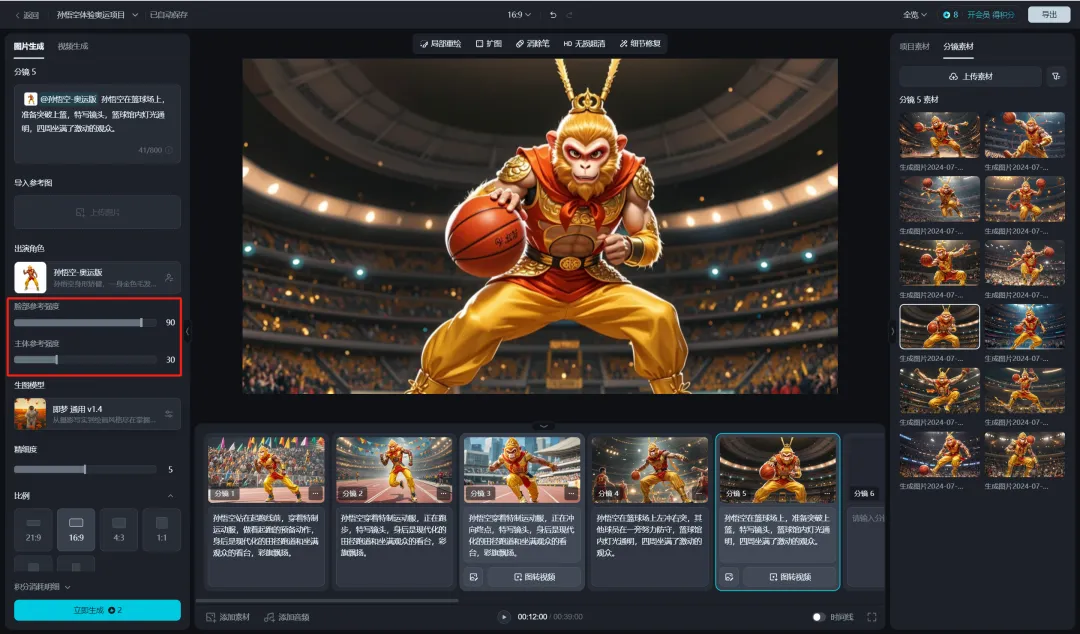
For other storyboard descriptions, you can set different subject reference intensity values according to your needs.
After all the storyboards are generated, click [Export] in the upper right corner. Currently, it supports exporting finished films (MP4 video format), exporting drafts, and exporting materials in batches. Guotou only needs pictures this time, so click [Batch Export Materials].
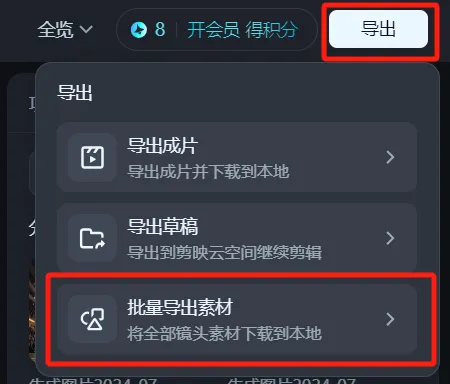
Uncheck [Include alternative materials] and click [Confirm].

After the export is successful, we can get the image material just generated.
Combine the pictures and add text, and we have completed aPicture storytelling with high character consistency, have you learned it?
Learning Summary
Let’s review and summarize what we have learned:
- Open the homepage of Jimeng’s official website and enter the story creation page.
- Create storyboards and make pictures.
- Set up and edit roles.
- Set up roles and generate storyboards based on screen descriptions.
- The other storyboard images are generated in the same way.
- Export, select batch export of materials and save the images to your local computer.
After this wave, we can quickly create picture narrative stories with high character consistency in the future.
When you have time, you can try it out yourself and master a new AI skill.